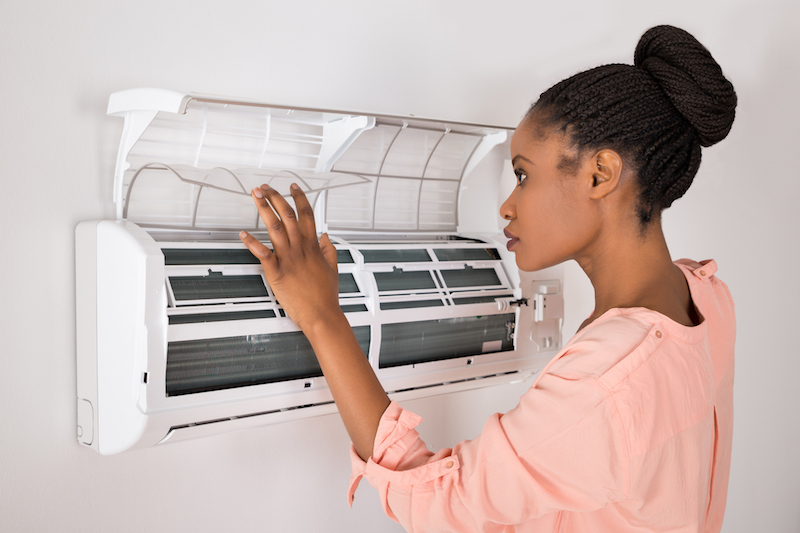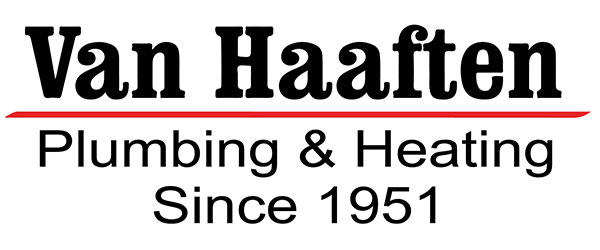
You shouldn’t be forced to give up comfort or drain your wallet to keep your house at the right temperature during the summer.
But what is the best setting, exactly? We discuss recommendations from energy experts so you can choose the best temp for your house.
Here’s what we recommend for the most energy-efficient setting for air conditioning in Pella.
Recommended Thermostat Settings for Summer
Most families find placing the thermostat at 72-73 degrees provides ideal comfort. However, if there’s a sizeable difference between your indoor and exterior temps, your AC costs will be bigger.
This is our advice based on the U.S. Department of Energy (DOE) and ENERGY STAR®.
While at home: 78 degrees. While that appears warm, there are approaches you can keep your residence cool without having the AC running frequently.
Keeping windows and blinds down during the day keeps cool air where it needs to be—inside. Some window treatments, like honeycomb shades or plantation shutters, are created to provide extra insulation and enhanced energy savings.
If you have ceiling fans in your house, the DOE says you can raise thermostat temperatures about 4 degrees hotter without sacrificing comfort. That’s because they refresh by a windchill effect. As they cool people, not rooms, shut them off when you leave a room.
If 78 degrees still appears too uncomfortable on the surface, try conducting an experiment for about a week. Begin by upping your setting to 78 degrees while you’re at your residence. Then, steadily lower it while adhering to the advice above. You may be astonished at how refreshed you feel at a warmer temperature setting.
While away: 88 degrees. There’s no need to keep the AC going all day while your residence is empty. Turning the temperature 7–10 degrees higher can save you as much as 5–15% on your electricity expenses, according to the DOE.
When you get home, don’t be tempted to switch your thermostat below 78 to cool your home more quickly. This isn’t productive and typically results in a higher electrical bill.
A programmable thermostat is a helpful way to keep your temperature under control, but it requires setting programs. If you don’t use programs, you risk forgetting to move the set temperature when you take off.
If you’re looking for a convenient fix, think about getting a smart thermostat. This thermostat works with with your phone, so it realizes when you’re at home and when you’re away. Then it automatically modifies temperature settings for the best savings. How much exactly? Typically $180 each year on heating and cooling, according to ENERGY STAR.
Another plus of having a smart thermostat? You can use your phone to watch and adjust temperature settings from just about anywhere.
While sleeping: Around 70 degrees. While ENERGY STAR advises 82 degrees, that could be too uncomfortable for most families. Many people sleep better when their bedroom is cold, so that’s why the National Sleep Foundation recommends 60–67 degrees. But that may be too cool, based on your pajama and blanket preference.
We recommend running an equivalent test over a week, setting your thermostat higher and gradually lowering it to determine the right setting for your family. On pleasant nights, you might find keeping windows open at night and running a ceiling fan is a preferable option than using the air conditioner.
More Methods to Save Energy During Hot Weather
There are added approaches you can spend less money on energy bills throughout the summer.
- Upgrade to an energy-efficient AC system. Central air conditioners only work for about 12–15 years and lose efficiency as they age. An upgraded air conditioner can keep your house comfier while keeping utility expenses low.
- Schedule yearly air conditioner service. Annual air conditioner maintenance keeps your equipment running properly and might help it work at better efficiency. It may also help extend its life span, since it allows pros to discover small problems before they lead to a major meltdown.
- Put in new air filters often. Use manufacturer instructions for switching your air filter. A dirty filter can cause your system to short cycle, or run too much, and raise your electrical.
- Measure attic insulation levels. Nearly 90% of residences in the United States don’t have proper insulation, according to the Insulation Institute. Most southern climates should have 13–14” of attic insulation, while northern climates require 16–18”.
- Have your ductwork inspected. Ductwork that has come apart over time can leak conditioned air into your attic, walls or crawl space. This can lead to huge comfort troubles in your house, such as hot and cold spots.
- Seal openings, doors and windows. Keep warm air in its place by closing cracks. You can also caulk or weather strip doors to keep more cold air within your home.
Use Less Energy During Hot Weather with Van Haaften Plumbing & Heating
If you want to conserve more energy during warm weather, our Van Haaften Plumbing & Heating professionals can assist you. Reach us at 641-628-3621 or contact us online for extra information about our energy-saving cooling solutions.



